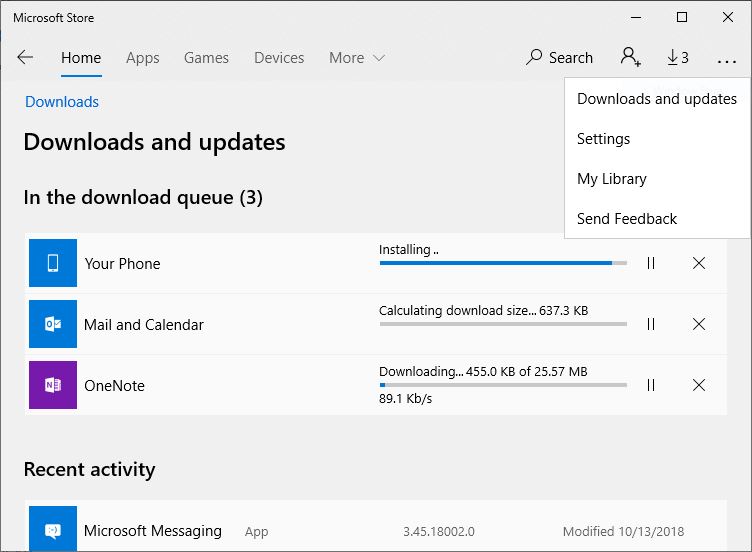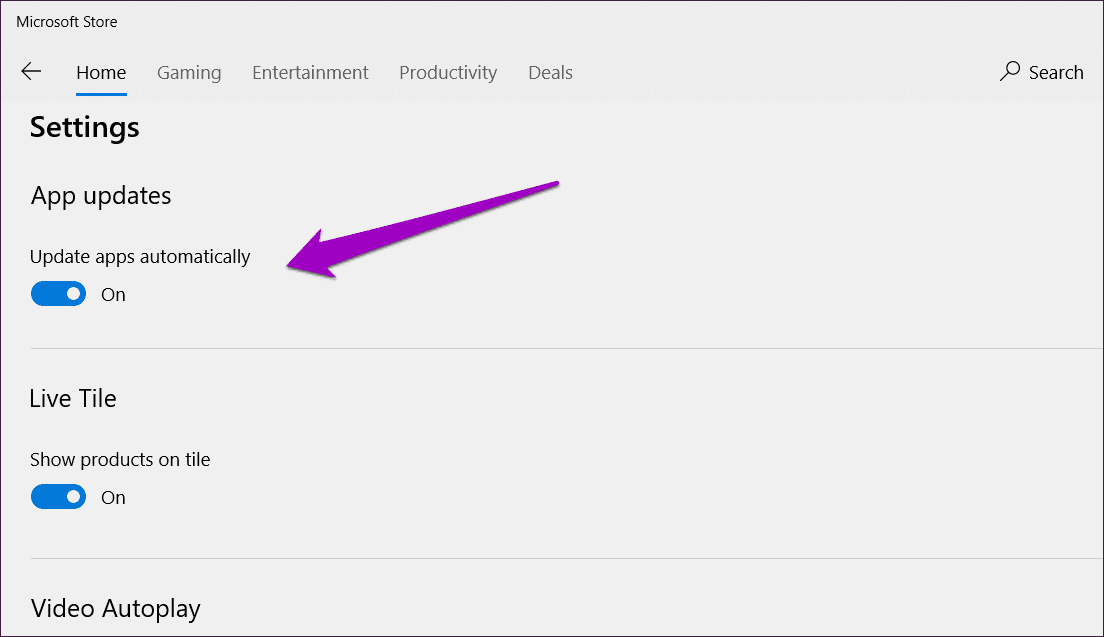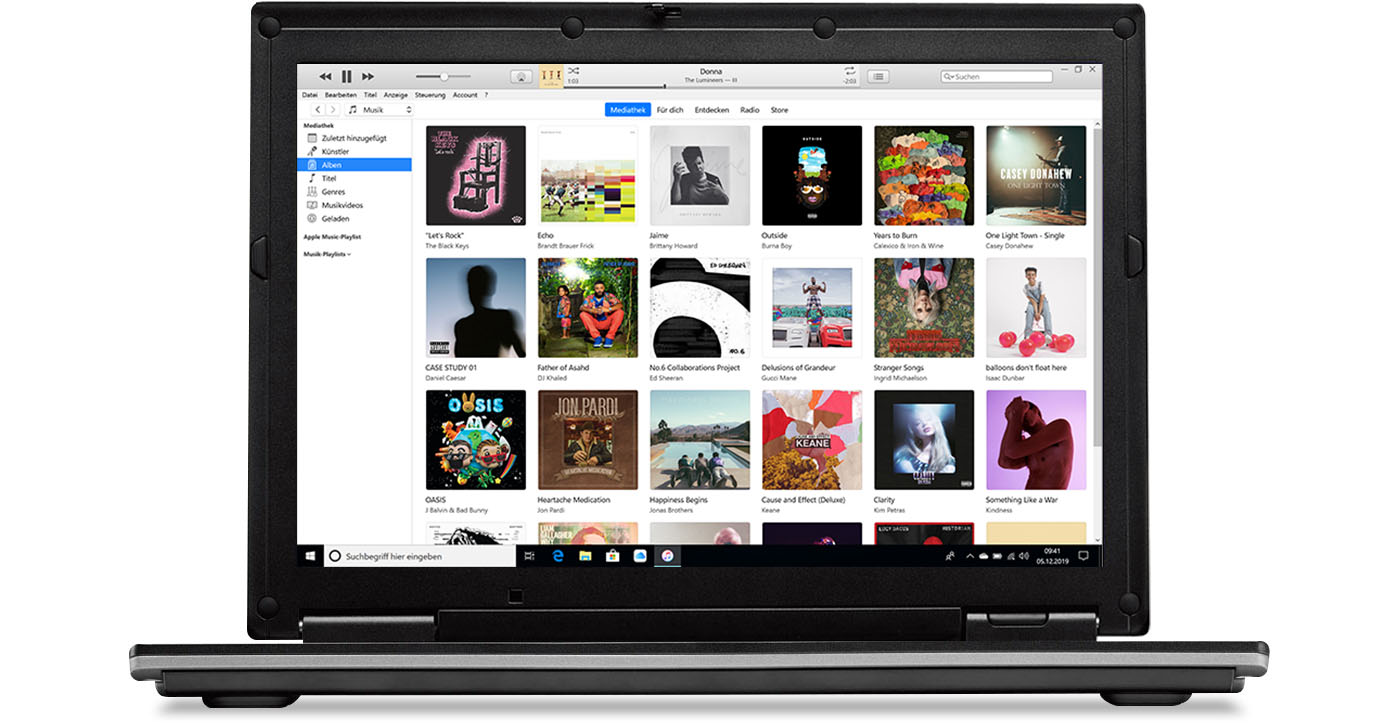

Installing the stand-alone edition of iTunes might be reasonably straightforward it is the uninstallation process that could be a real trouble. On my computer, it takes stand-alone iTunes about 2.5-3 minutes to install (and requires a system reboot to finish), while the Windows Store version installs in under 20 seconds (and does NOT require a system reboot). Speaking of installation speed, the Microsoft Store version of iTunes is significantly faster to install compared to the stand-alone edition. The installation is seamless and unattended, and does not require clicking through the setup wizard or agreeing with whatever agreements.

Through the Microsoft Store, Windows 10 users can easily push iTunes to all computers on their Microsoft account. Faster Installation and Uninstallation through Centralized Deployment Below are just a few benefits of the Microsoft Store version of iTunes over the stand-alone edition. While users of non-S Windows editions can still download and install apps from arbitrary sources, the Microsoft Store experience offers centralized app installation and management. This restriction makes for safer and faster usage experience while requiring significantly less maintenance compared to standard Windows editions. The “S” edition is restricted to running applications obtained directly from the Microsoft Store. A special Windows edition named Windows 10 S was released back in 2017 for low-end laptops and convertibles. Desktop versions of Windows 10 continued having the ability to install apps from arbitrary sources. Windows 8 has introduced Metro, while Windows 10 brought true UWP support to multiple platforms. With all editions of Windows 10, Microsoft is beginning to push developers towards a more centralized approach to application management. Historically, Windows users could download and install almost anything from just about any Web site. Why did Apple decide to go through Microsoft Store instead of continuing to distribute the bloated app? Apparently, the Microsoft Store offers enough benefits to make the switch (and the expense of supporting two different iTunes editions) worth it. Instead, visitors are directed to Microsoft Store, which will handle the installation and updates of the iTunes app.


While the stand-alone download remains available from Apple’s Web site, it is no longer offered by default to Windows 10 users. Since April 2018, Apple made iTunes available to Windows 10 users through the Microsoft Store.


 0 kommentar(er)
0 kommentar(er)
